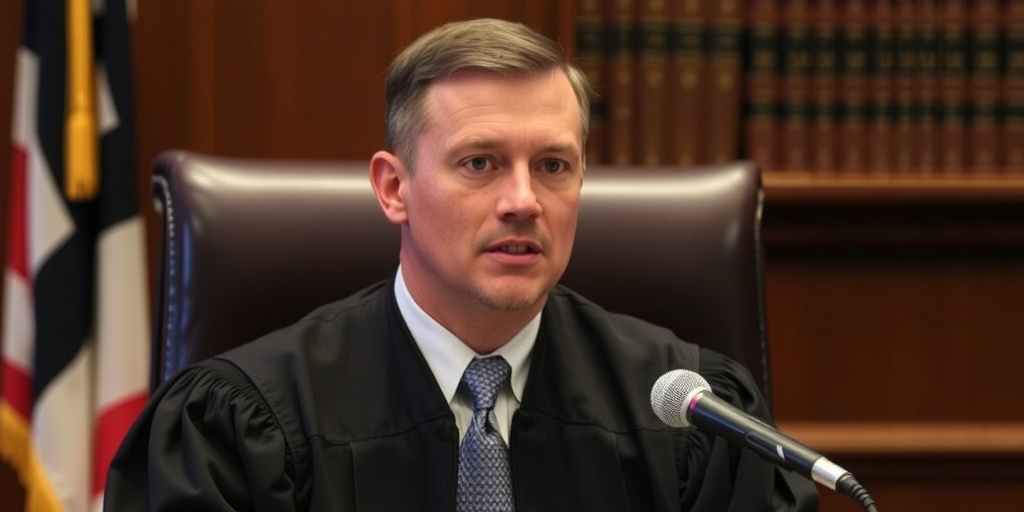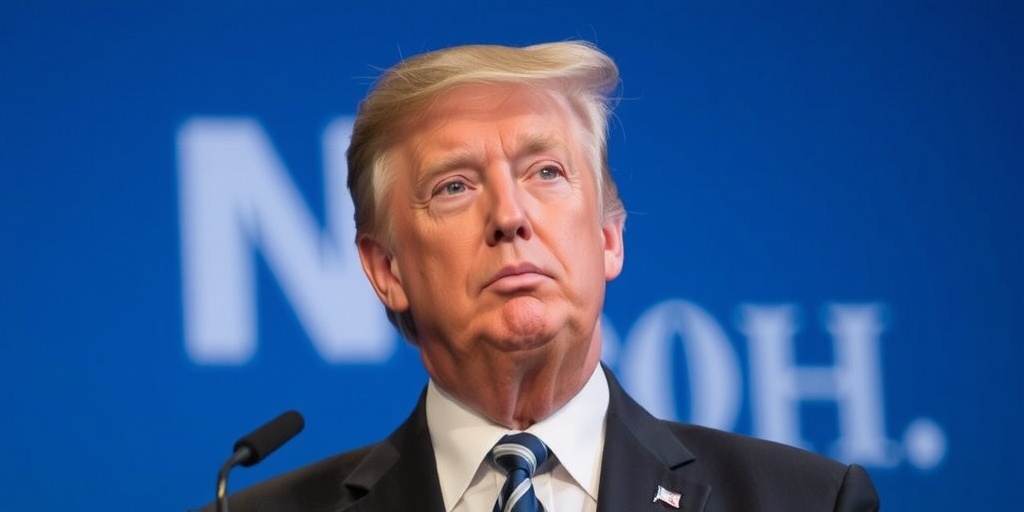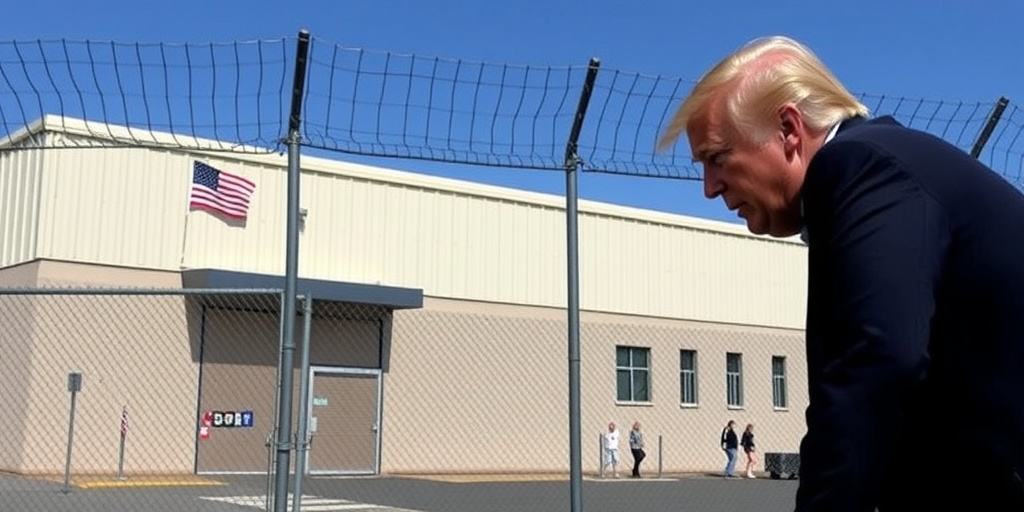Now Reading: Trump’s Rowdy Speech to Congress: Quiet Moments Speak Volumes
-
01
Trump’s Rowdy Speech to Congress: Quiet Moments Speak Volumes
Trump’s Rowdy Speech to Congress: Quiet Moments Speak Volumes

Title: Trump’s Long Address to Congress: A Mix of Applause, Laughter, and Tension
In a spectacular display brimming with theatricality, President Donald Trump delivered a lengthy address to Congress on Tuesday, which extended for approximately 100 minutes, making it the longest presidential speech to Congress in contemporary history. Filled with props, costumes, and guests as well as hecklers, the address transformed the chamber into a stage for a political performance that oscillated between raucous applause and moments of profound silence.
The address was punctuated by the loud cheers and approval of Republican lawmakers. They rallied particularly enthusiastically around Trump’s remarks regarding immigration, his legal triumphs, and his pronounced disdain for what he termed "wokeness," leading to jubilant outbursts that saw them leaping from their seats. However, these moments of fervor stood in stark contrast to the silence that fell over the chamber when Trump began discussing the highly contentious topic of tariffs.
As the country braced for the onset of a trade war with Canada and Mexico—triggered by Trump’s recent tariff plans—the mood shifted noticeably. While the Republicans around him erupted in fervor at earlier points in his speech, they grew uncharacteristically quiet at this juncture. The cabinet members responsible for navigating the repercussions of these policies sat stoically, reflecting a brewing concern, perhaps exemplified by Senate Majority Leader John Thune, who had voiced his apprehensions about the tariffs just hours prior.
Trump implored his audience to "bear with me again" as he invoked a previous era of tariffs during his presidency that had led to chaotic outcomes but ultimately claimed to pave the way for better results. This invocation of the past invited a wave of skepticism from Democrats, filling the air with derisive laughter that contrasted sharply with the boisterous approval from the Republican side.
The demeanor of the Democrats throughout the night mirrored a sense of dislocation, as they appeared scattered and bewildered, garbed in starkly bright colors and brandishing signs with demands. They were particularly vocal when Trump attempted to align himself with law enforcement, which they overshadowed with echoes of the January 6 Capitol riot. They also reacted strongly to Speaker Mike Johnson’s ejection of Representative Al Green, who had confronted Trump during the address.
Former Speaker Nancy Pelosi maintained a steely expression, emotionless amidst the loud applause that erupted during Trump’s more outrageous claims, such as his assertion that divine intervention had spared his life to fulfill a supposed purpose of saving America. Even when he cheekily advised Democrats to celebrate America’s successes, she merely chuckled, perhaps signaling her disbelief at the request.
Another moment of intriguing tension occurred when Trump acknowledged tech mogul Elon Musk, who was seated in the gallery, prompting a notable shift in attention as the audience’s gaze turned to the billionaire. Musk, having discarded the less formal attire he often dons in public, appeared sharply dressed in a suit and tie, juxtaposing the chaos surrounding him. The significance of Musk’s presence felt palpable, particularly in a room filled with lawmakers navigating the tumultuous relationship between governance and technology.
While Republicans cheered when Trump touched upon stirring nationalistic sentiments, such as reclaiming control over the Panama Canal and declaring English the official language of the country, their enthusiasm waned when Trump shifted to more sensitive topics, including Social Security. The President unveiled alarming figures regarding what he and Musk termed “shocking levels of incompetence and probable fraud” within the Social Security Administration. This shift caught the attention of the Democrats, who seized the moment to voice their displeasure.
The address highlighted the palpable divisions within Congress, with Trump embracing the theatrics of the situation and Republicans joining in, while Democrats countered with pointed protests. Trump’s unique blend of boastful rhetoric, stark policy declarations, and divisive humor encapsulated a chapter in American politics where spectacle often supersedes substantial discourse.
As the evening unfolded, it became clear that while Trump’s address was rich in drama, it also illuminated the stark realities of a divided Congress, where each party grappled to not just understand but also engage in the rapidly shifting political landscape.
Stay Informed With the Latest & Most Important News
Previous Post
Next Post
-
 01New technology breakthrough has everyone talking right now
01New technology breakthrough has everyone talking right now -
 02Unbelievable life hack everyone needs to try today
02Unbelievable life hack everyone needs to try today -
 03Fascinating discovery found buried deep beneath the ocean
03Fascinating discovery found buried deep beneath the ocean -
 04Man invents genius device that solves everyday problems
04Man invents genius device that solves everyday problems -
 05Shocking discovery that changes what we know forever
05Shocking discovery that changes what we know forever -
 06Internet goes wild over celebrity’s unexpected fashion choice
06Internet goes wild over celebrity’s unexpected fashion choice -
 07Rare animal sighting stuns scientists and wildlife lovers
07Rare animal sighting stuns scientists and wildlife lovers





















